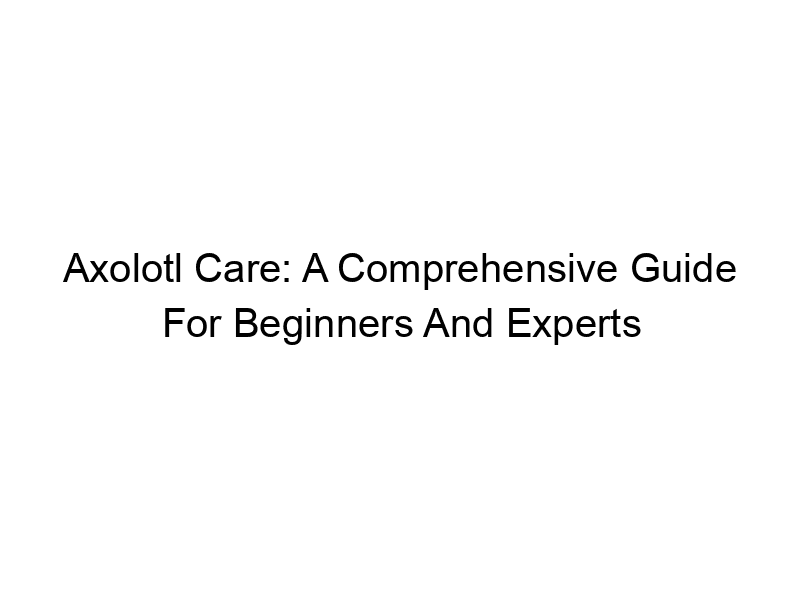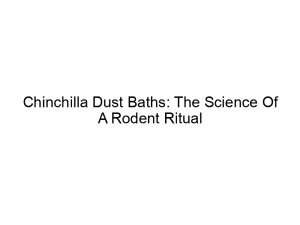Are you captivated by the unique charm of the axolotl, a fascinating aquatic salamander? This guide, Axolotl Care: A Comprehensive Guide for Beginners and Experts, will equip you with the knowledge you need to provide optimal care for this remarkable creature. We’ll delve into everything from setting up the perfect habitat to understanding their dietary needs, ensuring their health and longevity. Whether you’re a seasoned aquarist or a curious beginner, this comprehensive resource will cover all aspects of axolotl care, including common pitfalls to avoid.
Axolotls ( Ambystoma mexicanum) are aquatic salamanders native to Mexico. Their defining characteristic is neoteny – they retain their larval features throughout their lives, meaning they keep their feathery gills and don’t undergo metamorphosis into a terrestrial form. This unique trait makes them captivating and highly sought-after pets.
Why Keep
an Axolotl?
Axolotls offer a unique and rewarding pet-keeping experience. Their gentle nature, captivating appearance, and fascinating regenerative abilities make them stand out from other aquatic pets. Observing their behavior and their ability to regrow lost limbs can be both educational and endlessly entertaining.
Setting Up the Perfect Axolotl Habitat
Tank Size and Setup
Axolotls require a spacious tank. A minimum of 20 gallons is recommended for a single adult, with larger tanks being preferable for multiple axolotls. The tank should be made of glass or acrylic, and avoid plastic tanks as these can scratch easily. The substrate should be smooth, such as fine gravel or sand, to prevent accidental ingestion and potential intestinal blockages. Avoid using sharp or jagged materials.
Water Parameters: Temperature, pH, and Ammonia
Maintaining the correct water parameters is crucial for axolotl health. The ideal temperature range is between 55-68°F (13-20°C). A consistent temperature is vital; avoid fluctuations. The pH should be slightly alkaline, ideally between 7.4 and 7.8. Regular water changes (25-50% weekly) are essential to control ammonia, nitrite, and nitrate levels. A reliable test kit is essential for monitoring these parameters.
Filtration and Water Changes
A powerful, yet gentle, filter is essential. Avoid filters with strong currents, as they can stress the axolotl. Consider using a sponge filter, which provides effective filtration without creating strong water flow. Regular partial water changes, as mentioned earlier, are crucial for maintaining water quality and preventing the buildup of harmful toxins.
Axolotl Diet and Feeding
What Do Axolotls Eat?
Axolotls are carnivores. Their diet should consist primarily of live or frozen bloodworms, earthworms, and other suitable invertebrates. Avoid feeding them fish, as they are not typically compatible with axolotl digestive systems. Never feed them anything that has been treated with pesticides or other harmful chemicals.
Feeding Frequency and Portions
Juveniles should be fed daily, while adults can be fed every other day or even less frequently, depending on their size and appetite. Overfeeding can lead to obesity and health problems. Only provide a portion that can be consumed within a few minutes. Remove any uneaten food from the tank to prevent water contamination.
Supplementing the Diet
While bloodworms and earthworms are suitable primary food sources, a varied diet is advisable. Occasionally, you can supplement their diet with other items such as blackworms, daphnia, or commercially available axolotl pellets. However, make sure that these are specifically formulated for axolotls to ensure they contain the proper nutrients.
Axolotl Health and Handling
Signs of Illness and Disease
A healthy axolotl is active, alert, and has bright, vibrant gills. Signs of illness can include lethargy, loss of appetite, cloudy eyes, skin lesions, or changes in gill color. If you notice any of these symptoms, consult a veterinarian specializing in aquatic animals immediately.
Safe Handling Techniques
Axolotls have delicate skin and should be handled minimally. Always wash your hands thoroughly before and after handling. Support their body gently while handling and avoid squeezing them. Never lift them by the gills, as this can cause injury.
Preventing Parasites and Diseases
Quarantine any new axolotl before introducing it to your existing tank. Regular water changes and maintaining optimal water parameters are crucial in preventing diseases. Avoid overcrowding and stress, as these factors can weaken their immune system, making them more susceptible to illness.
Breeding Axolotls (Optional)
Breeding Conditions
Breeding axolotls requires specific conditions, including a cooler water temperature (around 54-59°F or 12-15°C), a well-established and stable environment, and a proper diet to ensure both the male and female are healthy and ready to breed.
The Breeding Process
Breeding typically involves introducing a mature male and female axolotl into a separate breeding tank. After a successful mating, the female will lay eggs, which will hatch into larvae after a period of about two weeks. These larvae will require specialized care and feeding.
Raising Axolotl Larvae
Axolotl larvae require high-quality food, such as microworms, and careful water parameter monitoring. Regular water changes are essential to remove waste products and prevent diseases. As they grow, their diet can be gradually transitioned to the adult axolotl diet.
Common Axolotl Myths and Misconceptions
Debunking Common Misunderstandings
Many myths surround axolotl care. For instance, some believe that axolotls can survive in chlorine-filled tap water or that they can be easily kept in small tanks. These are dangerous misconceptions; always use dechlorinated water and provide adequate space. A lack of understanding can lead to premature deaths.
Frequently Asked Questions
What are the best water parameters for axolotls?
The ideal water parameters for axolotls include a temperature of 55-68°F (13-20°C), a pH of 7.4-7.8, and low levels of ammonia, nitrite, and nitrate. Regular testing is crucial to maintain these parameters.
How often should I feed my axolotl?
Juveniles should be fed daily, while adults can be fed every other day or even less frequently. Only give them a portion they can consume in a few minutes.
Can axolotls live with other fish or amphibians?
No, it’s not recommended. Axolotls are highly sensitive to tank mates and may be injured, stressed, or even eaten by other creatures. Keep axolotls in a species-only tank.
What should I do if my axolotl is sick?
If you suspect illness, immediately consult a veterinarian specializing in aquatic animals. Early intervention is critical for the best outcome.
How long do axolotls live?
With proper care, axolotls can live for 10-15 years, sometimes even longer.
What is the best type of substrate for axolotls?
Choose a smooth substrate like fine gravel or sand to avoid accidental ingestion.
Final Thoughts
Caring for an axolotl is a rewarding but demanding experience. Providing a suitable habitat, a healthy diet, and maintaining optimal water parameters are essential for their well-being. Remember, regular water changes and monitoring are crucial for preventing illness and ensuring a long, happy life for your axolotl. By following this comprehensive guide, you’ll be well-prepared to provide your axolotl with the best possible care. Their unique beauty and fascinating characteristics will provide years of enjoyment and learning. Whether you are an experienced aquarist or just starting your journey into aquatic pet ownership, remember that responsible care is key to ensuring the health and happiness of your axolotl companion.




